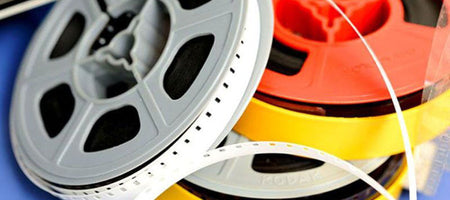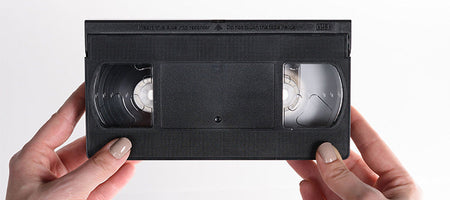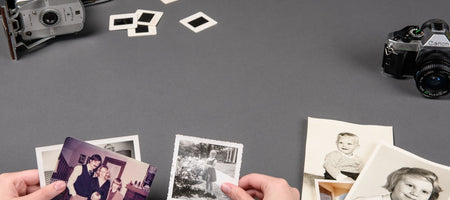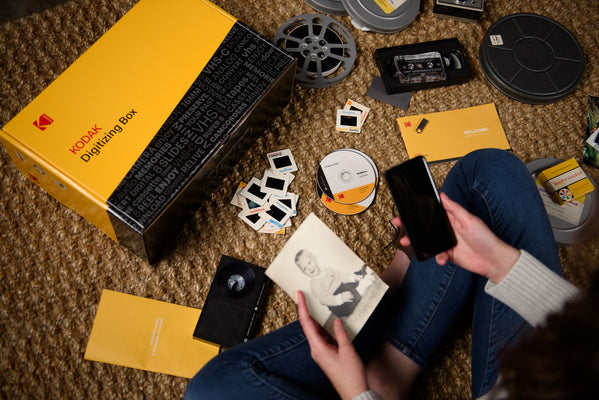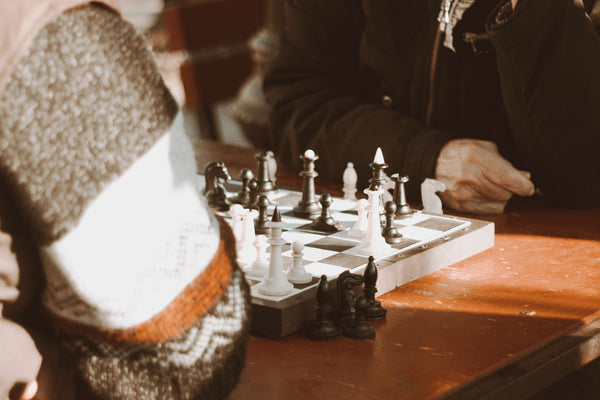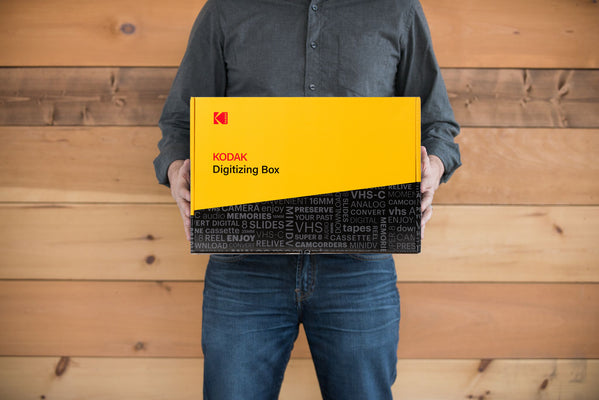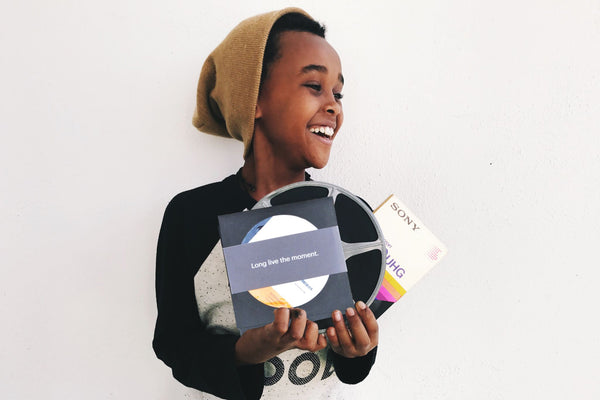Have you looked through worn sepia prints of your ancestors and wondered, “how old are my photos?” Disposable or film cameras in the past few decades will have dates printed on the back of the photographs.
But if you have old, like really old, family photographs then deciphering the age isn’t as easy.
Let’s step back in time and analyze the different types of photos taken since the mid-1800s. With a bit of detective work, you can pinpoint the age of your family photos based on the photography processes used in each era.
Daguerreotype Photos
These are the oldest photos in history. Daguerreotypes are rare and were limited to the middle and upper classes that could afford the upcoming photography trend. The commercial studios offering daguerreotype photos were only available in England during the 1840s-1850s.
Daguerreotypes were always safeguarded in small casing with glass covers because exposure to air would tarnish the photos. The images were printed on glass. You’ll see a lot of blemishes at the corners of the photos, a complexion almost similar to negatives, and a small portrait size typically around 2x3 inches. These portraits have a mirror-like quality and the photo can only be seen at certain angles.
Calotype Salted Paper Photos
Even more rare than the daguerreotype photos are calotype photos. Made around the same time (1840s-1860), these are the first paper-based photos. Calotype photos are blurry, fuzzy, matte, and have a brownish or faded yellow coloring, and have visible paper fibers.
Ambrotype Photos
Similar to the daguerreotypes, these photos were also printed on glass and enclosed in a casing. Ambrotypes were made from 1854-1860. These photos have a black backing behind or on the glass to give the photo its positive appearance. Ambrotype photos have a 3D effect because the photo’s shadows and highlights are on different sections of the glass.
Tintype Photos
Tintypes were the most popular of the photos already listed, especially in the United States (whereas the photo types previously listed reigned in England). Tintypes date from 1860 to the early 1900s. The photos were printed on metal and will attract magnets. The image is more 2D compared to the ambrotype and daguerreotype. Tintype photos were small near the start but expanded to larger sizes. Some have a protective varnish sealer which means they weren’t always put in casings.
Hyalotype Photos
Also known as “lantern slides” because hyalotype photos were produced using Magic Lantern projectors from the 1850s to 1950s (although they didn’t peak in popularity until the 1870s). These photos were typically around 3.5x3.5 inches and come in black and white unless they were hand painted with color afterward.
Collodion Print Photos
From the 1880s to 1920s, collodion prints came in glossy and matte options. The glossy photos have a slight rainbow effect underneath fluorescent lights. Both types have great imagery that rarely fades. The paper fibers usually aren’t visible.
More Vintage Photo Types
If none of these photo process categories seem like the right fit for your family photos, then check out this detailed table of vintage photo types including kinds such as albumen prints, carbon prints, and gelatin prints.
Other Photo Deciphering Tips
If all else fails, another useful trick is analyzing the image within your photos. Certain fashion styles and hair styles were only used in specific eras and might narrow down the age of your photo. The landscape and buildings in the background can also be a good indicator. There might be some landscape photos in a collection of family photos. Depending on what’s in the landscapes, this could decipher the age of the family photos bundled next to these photographs.

